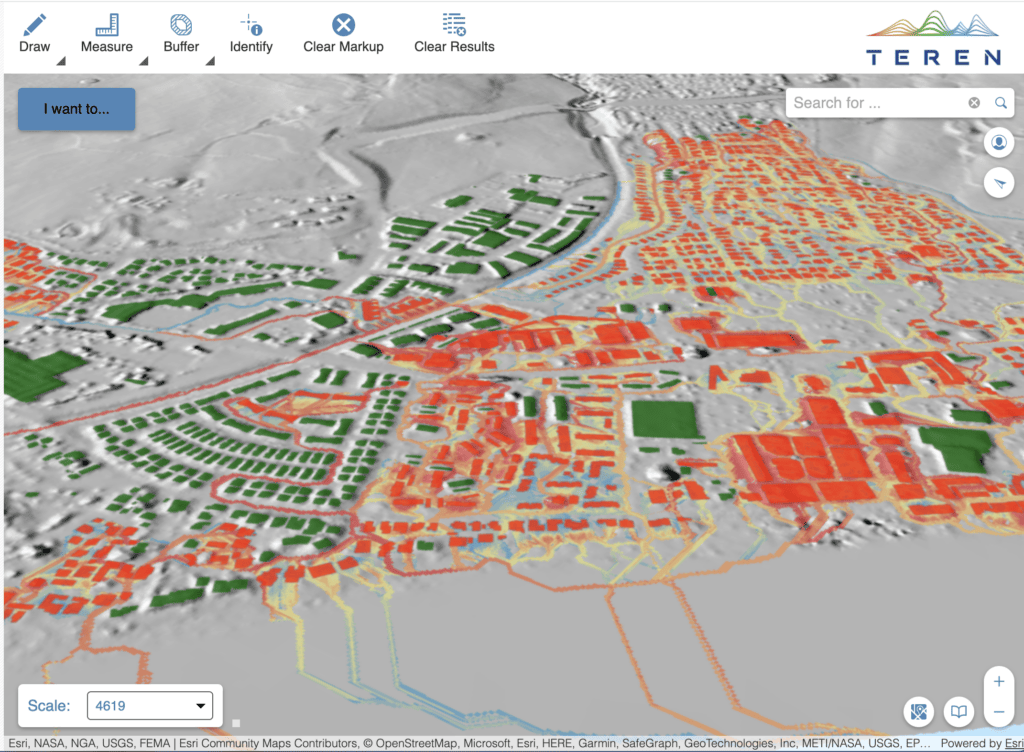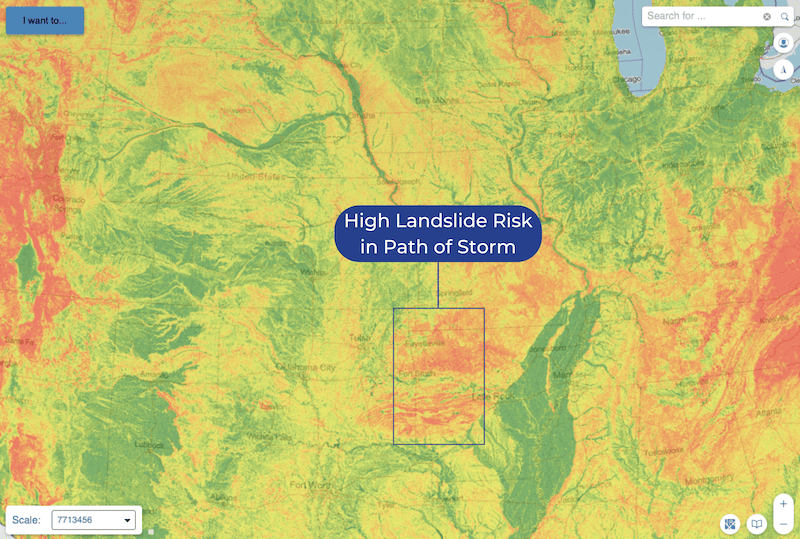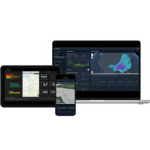The $2.470 Trillion (and Counting) Need for Climate Innovation

Since 1980, the U.S. has weathered 387 climate disasters costing +$2.740 trillion; there have been 11 climate disaster events in 2024 alone costing $1 billion1. As we face these increasingly complex and costly environmental challenges, the need for innovative and effective solutions has never been more urgent. To accomplish this, we must look into technologies that can process vast amounts of data, extract patterns, and ultimately provide insights that can drive more informed decisions and proactive measures.
Interestingly, data science and artificial intelligence are at the forefront of developing solutions for these challenges. These technologies are adept at sorting through massive datasets quickly, which can be vital for streamlining complex manual processes, and deploying effective models on data with higher temporal resolution, delivering results that positively impact business risk management.
Below are three emerging trends we are seeing when AI and data science combine forces to solve environmental issues:
Three Emerging Trends in AI and Data Science to Solve Environmental Problems

- Climate Modeling with AI
By leveraging machine learning algorithms, we can analyze vast datasets, sensors, and historical patterns to predict future climate conditions with greater accuracy. AI models are particularly adept at identifying trends and anomalies that human analysis might miss. This capability enables precise climate predictions, driving more effective actions to mitigate environmental impacts. - AI for Disaster Response and Monitoring
AI is crucial from the inception to the closure of disaster response. During the early warning phase, AI algorithms can analyze data to predict where an event will happen and its potential impact. During an event, remotely sensed data can be analyzed in near real-time for better situational awareness. After an event, AI ensures proper corrective actions are taken efficiently, enabling resources and aid to be deployed more effectively. AI also helps improve future disaster responses. - Infrastructure Management and Asset Integrity
AI plays a vital role in monitoring and responding to events that impact business infrastructure. Structural health is influenced by various climate and environmental factors. AI enables us to analyze data from multiple sources, model complex systems, and deliver point-specific solutions. This helps maintain resilient systems and ensures the integrity of critical infrastructure.
The Future of AI in Environmental Data Science Solutions
This is a simple list of how AI is helping Teren provide solutions at a scale and speed that traditional methods cannot match. Let us know how you are using or considering these platforms to manage their challenges!
- NOAA National Centers for Environmental Information (NCEI) U.S. Billion-Dollar Weather and Climate Disasters (2024). https://www.ncei.noaa.gov/access/billions/, DOI: 10.25921/stkw-7w73 ↩︎



How can Teren help you?
We'd love to hear from you.
- Ready to dive deeper? -
Knowledge Hub
White Papers
Webinars